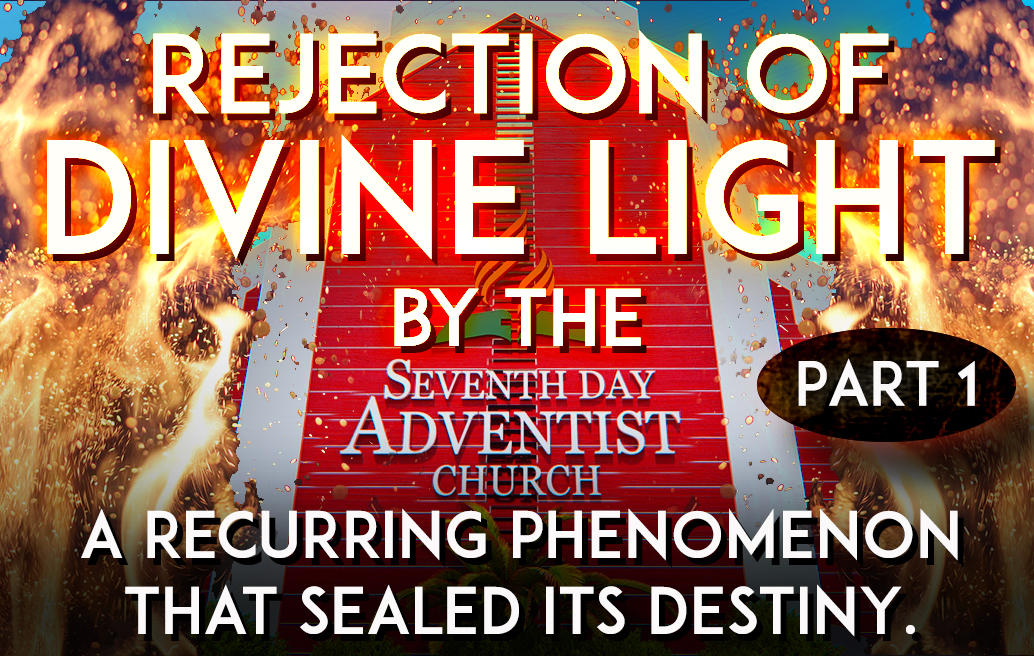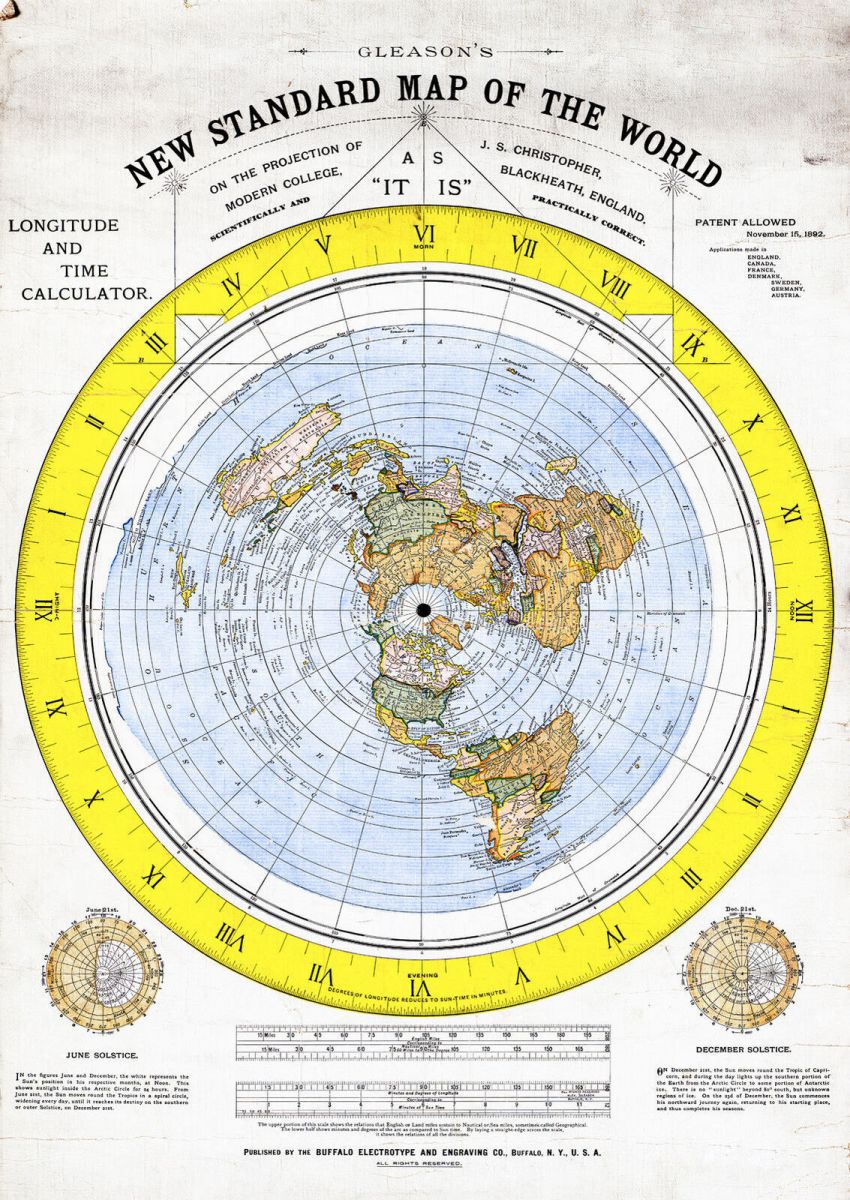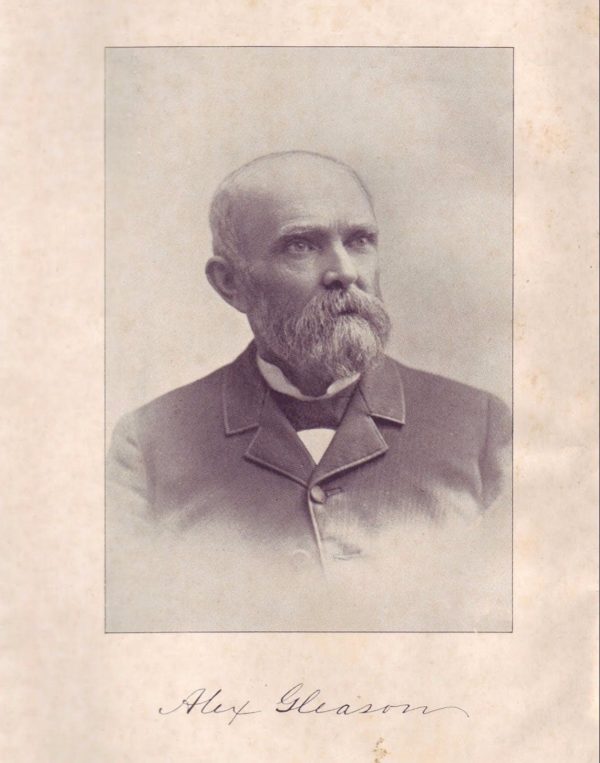

|
The church's history shows a repeated, blatant rejection of divine light during its early development, which caused it to cease receiving new light. |

The notion that the Seventh-day Adventist Church's rejection of divine light has been a recurring phenomenon that has "sealed its destiny" is a significant point of theological and historical reflection. This concept suggests that the Seventh-day Adventist Church, at various junctures in its history, has either failed to fully recognize or accept certain divine revelations or truths that were presented to it, which could have had a lasting impact on its growth, doctrinal clarity, and its broader influence in the world.
To explore this historical reality, it is essential to delve into two key events in which the church abjectly rejected Yahuwah’s light in pursuit of acceptance by Christendom and mainstream ‘science.’ These two rejections pertain to the flat earth light and the Lunar Sabbath. This article will address the rejection of the flat earth light that occurred in the late nineteenth century.
We cannot address this rejection without emphasizing the human agent that Father Yahuwah used to reveal the truth of the flat earth to the church and its leadership
 A member of the Seventh-day Adventist Church, Alexander Gleason (1827–1909) was a machinist, surveyor, and civil engineer from Buffalo, New York. He sought to reconcile his faith with his belief in a flat Earth. In his 1890 book, ‘Is the Bible from Heaven? Is the Earth a Globe?’, he argued that biblical passages supported a flat-earth model and presented experiments demonstrating the Earth's flatness. For example, he provided observations over Lake Erie that contradicted the expected curvature of a spherical Earth.
A member of the Seventh-day Adventist Church, Alexander Gleason (1827–1909) was a machinist, surveyor, and civil engineer from Buffalo, New York. He sought to reconcile his faith with his belief in a flat Earth. In his 1890 book, ‘Is the Bible from Heaven? Is the Earth a Globe?’, he argued that biblical passages supported a flat-earth model and presented experiments demonstrating the Earth's flatness. For example, he provided observations over Lake Erie that contradicted the expected curvature of a spherical Earth.
Alexander Gleason made several notable contributions to the flat Earth movement in the USA, particularly during the late 19th century. His ideas and writings significantly promoted the flat Earth theory at that time. Some of his key contributions include:
-The "Gleason Map": One of Gleason's most significant contributions to the flat Earth movement was the creation of a world map that depicted the Earth as flat. This map, commonly called the "Gleason Map, " was based on his belief that the Earth was a flat, disc-shaped object. He proposed that the North Pole was at its center, surrounded by continents and oceans, with Antarctica forming a large ice wall around the perimeter of the Earth. This map became one of the most enduring symbols of the flat Earth movement.
-The Book: Is the Bible from Heaven? Is the Earth a Globe? (1890): Gleason published this work, arguing that the Earth was flat and that the Bible supported his views. He presented his case for a flat Earth from both religious and scientific perspectives. Gleason's arguments included his belief that the Earth's curvature should be observable and that the flat Earth model aligned more consistently with scripture.
-Public Lectures and Advocacy: Alexander Gleason was not just a writer but also a public speaker. He gave lectures disproving the spherical Earth model. His active engagement in public speaking helped spread the flat earth idea to a broader audience.
-Challenging Mainstream Science: Gleason targeted the scientific community's consensus about the shape of the Earth. He believed that the evidence supporting the globe theory was flawed. He conducted experiments to contest the assertion that the Earth was a globe. For example, he pointed to the ability to see great distances over bodies of water as evidence that the Earth was flat, arguing that a curved surface would obscure objects beyond a certain point.
- Integration of Religious Beliefs: As a member of the Seventh-day Adventist Church, Gleason merged his religious beliefs with his flat earth views. He contended that the flat earth model aligned more closely with specific biblical passages. His religious framework provided his flat earth ideas with a unique appeal to religious communities of that era.
-Influence on Later Flat Earth Movements: Gleason’s work established the foundation for future flat earthers. His writings and the Gleason Map continue to influence the flat earth movement, particularly among those who reject mainstream scientific views. In the 20th and 21st centuries, his works have been rediscovered and adopted by flat earthers worldwide.
How did Ellen White and the leadership react to Gleason’s book and work?
 Ellen G. White and the wider Church opposed Alexander Gleason's flat earth campaign mainly because his views contradicted the church’s emphasis on scientific evidence. While biblical evidence supported and underpinned Gleason’s campaign, Ellen G. White, a co-founder and prophet of the Seventh-day Adventist Church, considered the flat earth teaching speculative. She cautioned the church against engaging in flat earth ideas lest it stray from its foundational doctrines. She was concerned that engaging in debates about the shape of the Earth would distract from the church’s primary mission of preaching the gospel and preparing people for Christ's return.
Ellen G. White and the wider Church opposed Alexander Gleason's flat earth campaign mainly because his views contradicted the church’s emphasis on scientific evidence. While biblical evidence supported and underpinned Gleason’s campaign, Ellen G. White, a co-founder and prophet of the Seventh-day Adventist Church, considered the flat earth teaching speculative. She cautioned the church against engaging in flat earth ideas lest it stray from its foundational doctrines. She was concerned that engaging in debates about the shape of the Earth would distract from the church’s primary mission of preaching the gospel and preparing people for Christ's return.
In her writings, White suggested that the flat earth dispute was irrelevant to the core work of the church. She is quoted as saying: “In regard to such subjects as the flat-world theory, God says to every soul, ‘What is that to thee? Follow thou Me.’”
Furthermore, like all major Christian denominations, the Seventh-day Adventist Church acknowledged the ‘scientific evidence’ for the Earth’s spherical shape. Therefore, Gleason’s flat-earth advocacy conflicted with the church’s desire to align with mainstream science and Christendom. The SDA Church aimed to maintain its status as a mainstream Christian denomination by avoiding a teaching that, although biblical, is viewed as cultish by Christendom. The leadership of the Seventh-day Adventist Church prioritized acceptance by others over embracing divine truth.
Ironically, while Adventists adhered to a literal interpretation of the Bible, they also emphasized the importance of reason and ‘scientific inquiry’ for understanding the world. Gleason’s teachings were regarded as problematic for them because they conflicted with centuries of pseudo-scientific ‘evidence.’
Ellen White was emphatic in preventing the Church from accepting the flat earth teaching. She warned that "Theories in regard to the world’s shape, as well as other questions, should not be made prominent or be given undue attention. These subjects will not make us wiser or better. God does not ask us to explain how He made the heavens and the earth. He bids us to look at the beauties of nature and acknowledge His power."
(Ellen G. White, Counsels to Parents, Teachers, and Students)
Conclusion: Ellen G. White and the Seventh-day Adventist Church opposed Alexander Gleason’s flat-earth teachings because they distracted from the church’s core beliefs. The church emphasized the importance of ‘rational scientific evidence,’ which was argued to be absent in Gleason’s teachings and experiments. Consequently, Gleason's ideas were viewed as divisive, unscientific, and irrelevant, failing to align with the church's mission to integrate with mainstream science and Christianity.
Was it worth it for the SDA Church to reject divine light so that the Trinitarian churches of Christendom would not classify them as cultish?